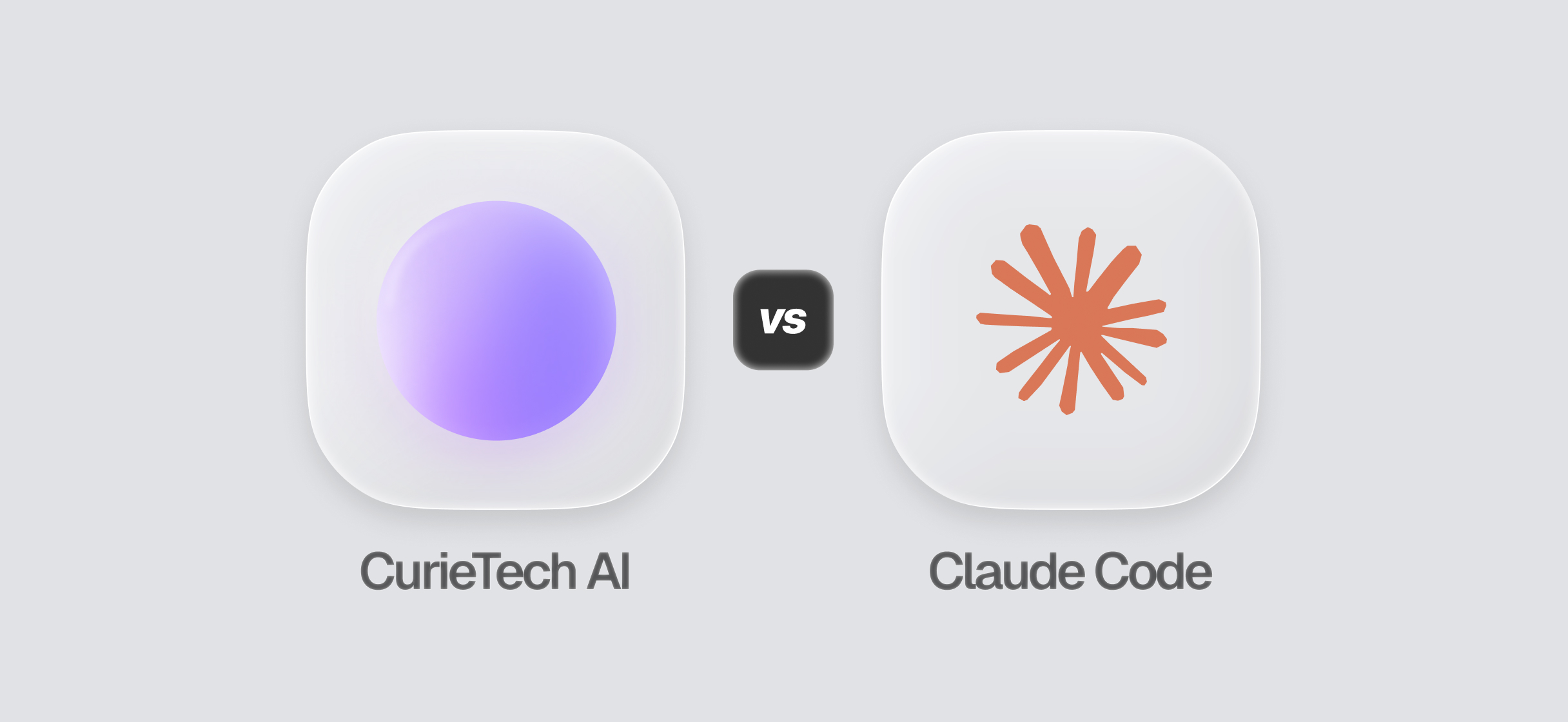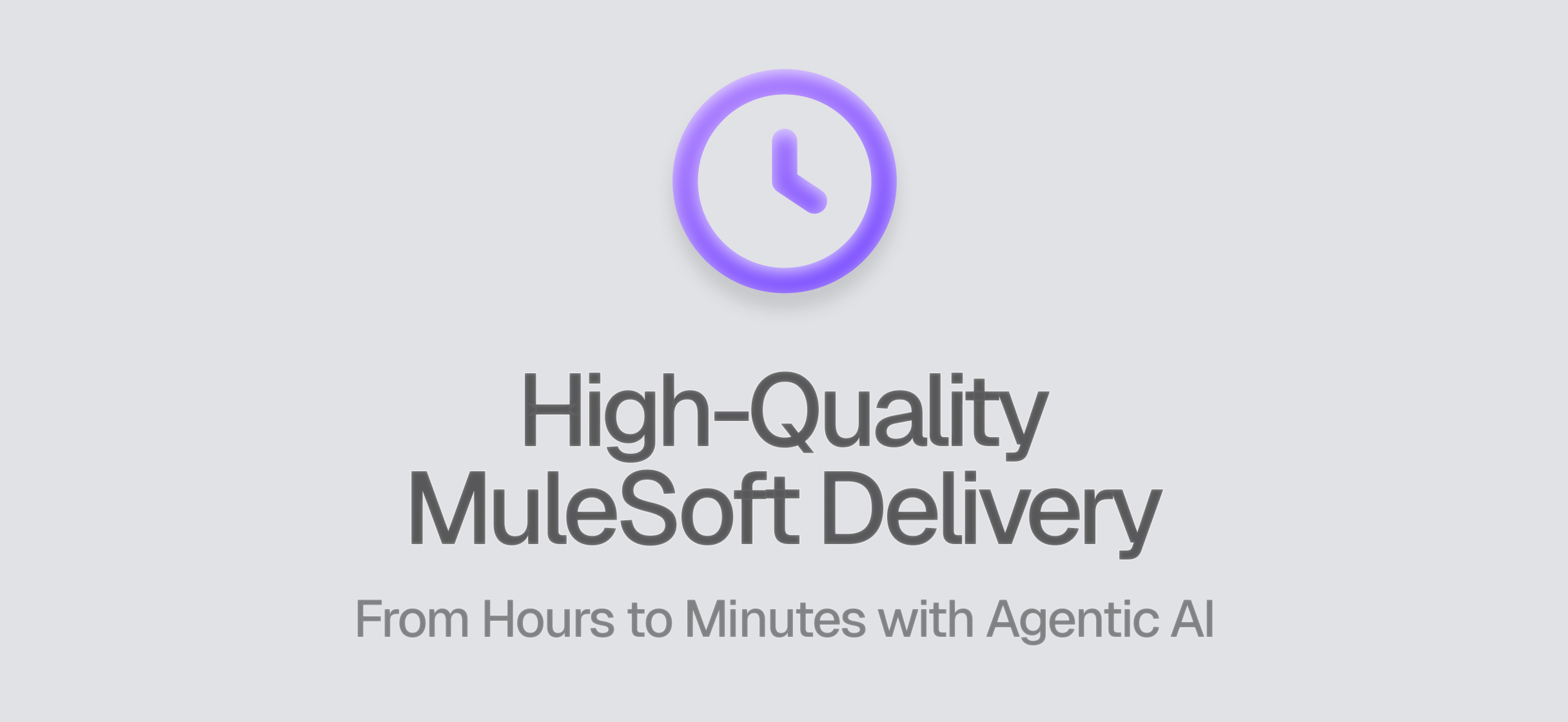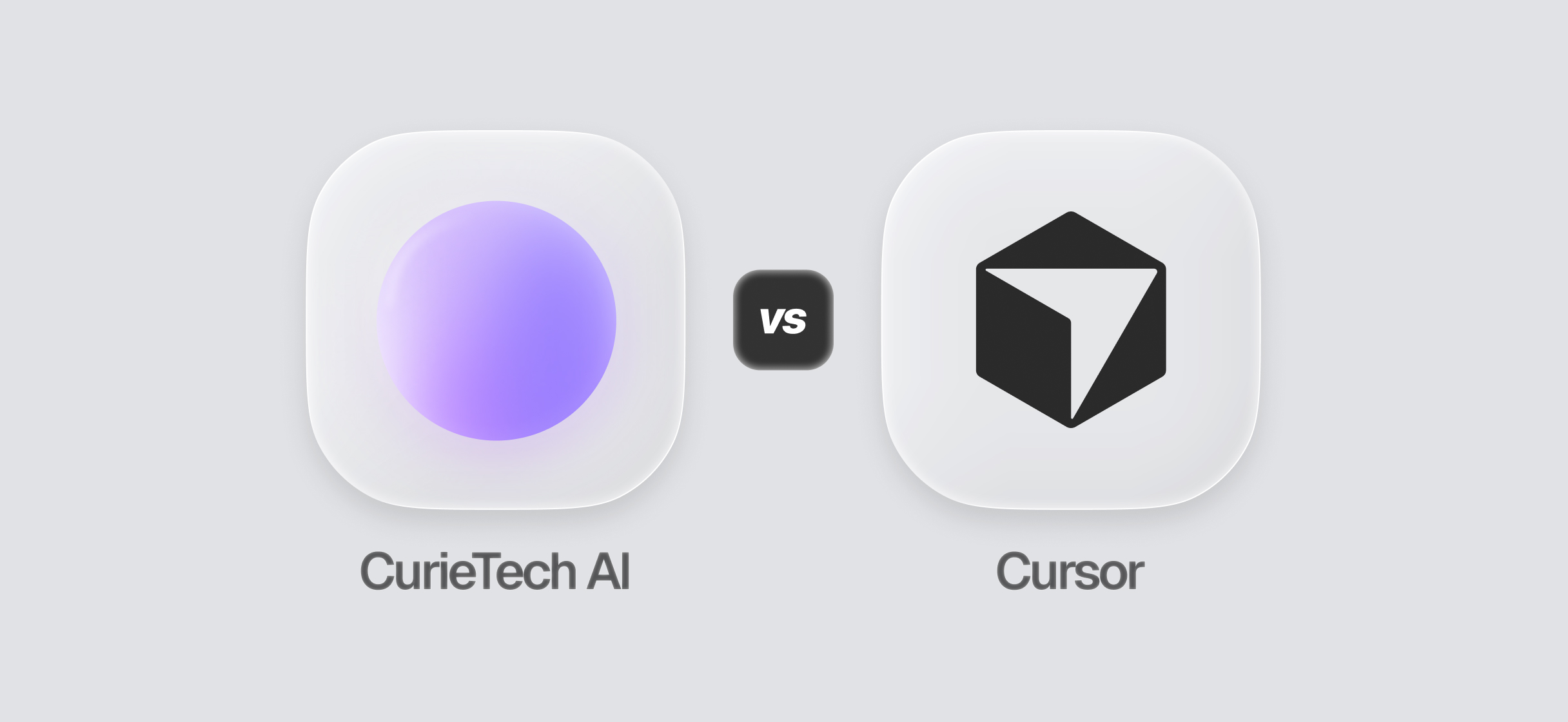For decades, integrations have been complex, slow, and risky. Most enterprises outsource them to implementation partners, but anyone who has managed these projects knows the challenges: inconsistent quality, shifting teams, delayed timelines, and rising costs.
That reality is being rewritten. AI is fundamentally changing how integrations are built — faster, smarter, and more reliably than ever before.
The Problem with Traditional Way of Building Integrations
Traditionally, enterprise integrations rely on human-iterative cycles:
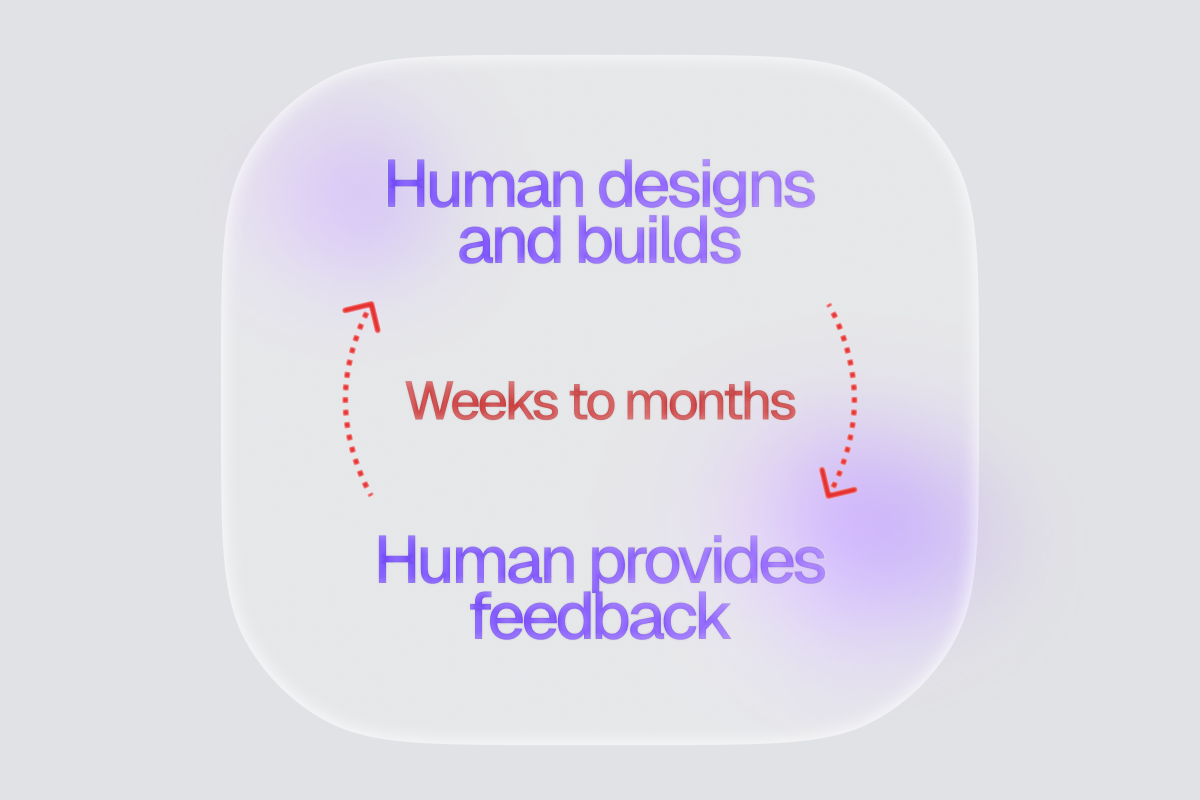
Each stage depends heavily on individuals, and errors propagate downstream. Key engineer changes disrupt projects, and rework is inevitable. The result? Projects are slow, unpredictable, and expensive.
The AI Shift: Build Faster, Refine Smarter
AI isn’t just a tool to assist humans — it reshapes the delivery model. The loop changes from human iteration at every step to AI-built, human-refined execution.
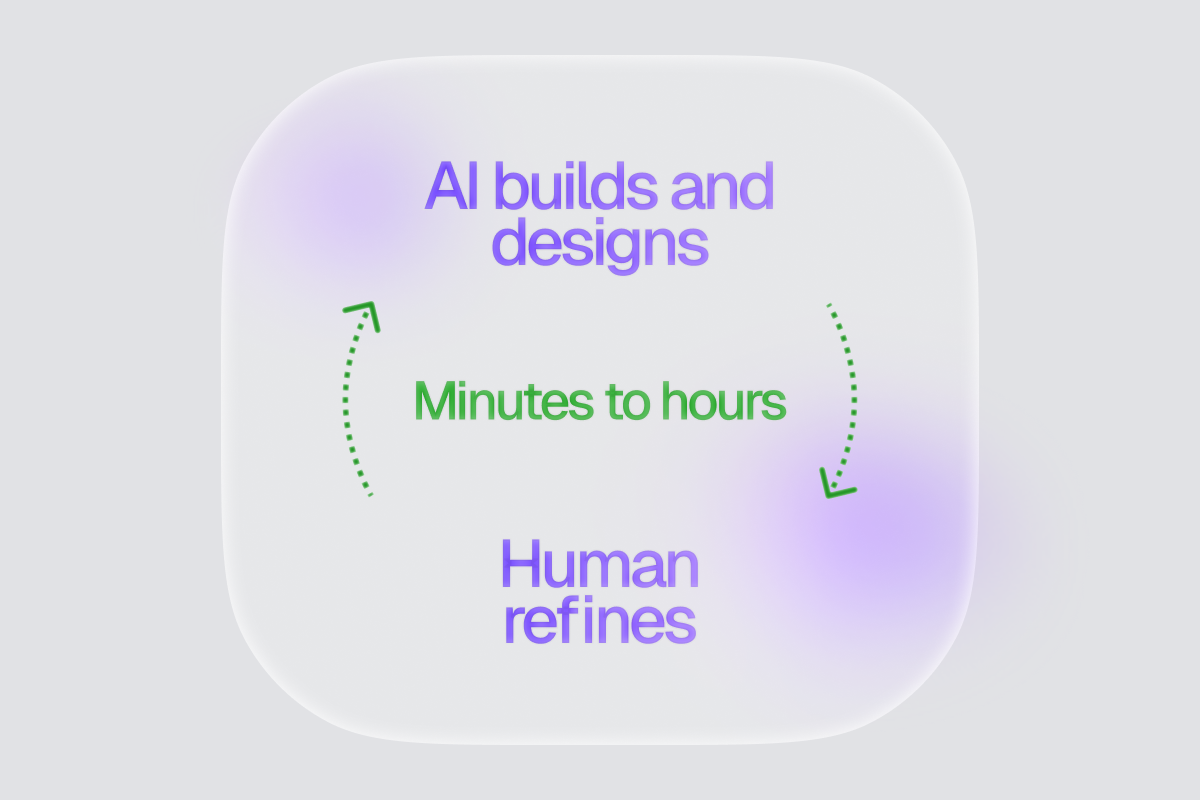
Here’s how it works:
- AI Design Agents propose integration architectures in minutes, exploring multiple scenarios that would take humans weeks.
- AI Implementation Agents generate code, perform unit tests, and conduct preliminary code reviews autonomously.
- AI Testing Agents simulate edge cases, validate logic, and flag issues before human intervention.
- Humans step in for guidance, refinement, and final validation — focusing effort where it adds the most value.
The result? Development cycles that once took months can now be compressed into weeks — often with higher quality and predictability.
Why This Matters for Enterprises
This shift is not just about speed; it’s a strategic advantage. By partnering with organizations that have adopted AI-first integration methodology, enterprises can:
- Accelerate delivery cycles without sacrificing quality.
- Reduce dependency on specific engineers and mitigate project risk.
- Increase ROI through faster delivery and reduced rework.
- Future-proof integrations as automation and AI become central to operations.
Key question: Has your partner reengineered their workflow around AI, or are they still layering tools on old methods?
What This Means for Implementation Partners
For integration partners, the AI-driven shift is an opportunity..
Partners that embed AI into methodology can:
- Compress project timelines by half or more.
- Reduce human error and increase consistency.
- Deliver more value with the same team, freeing capacity for innovation.
At CurieTech AI, we help partners become AI-ready — redesigning delivery models, retraining teams, and integrating autonomous agent frameworks into real-world workflows. Partners that embrace this model will lead the next era of integration services.
The New Integration Paradigm
The paradigm is simple but powerful:
AI builds. Humans refine.
By letting AI handle the first drafts of design, implementation, and testing, organizations compress iteration loops, improve quality, and focus human effort where it truly matters.
Enterprises that select partners with this mindset — and partners who adopt this methodology — gain a speed, reliability, and ROI advantage that traditional models cannot match.
The question isn’t if building integrations will become AI-driven. It’s how soon your organization and partners are ready to make the shift.
At CurieTech AI, we are helping enterprises and partners embrace this new paradigm. Together, we can move integration delivery from slow, human-iterative cycles to AI-built, human-refined excellence.
Originally published on LinkedIn.



